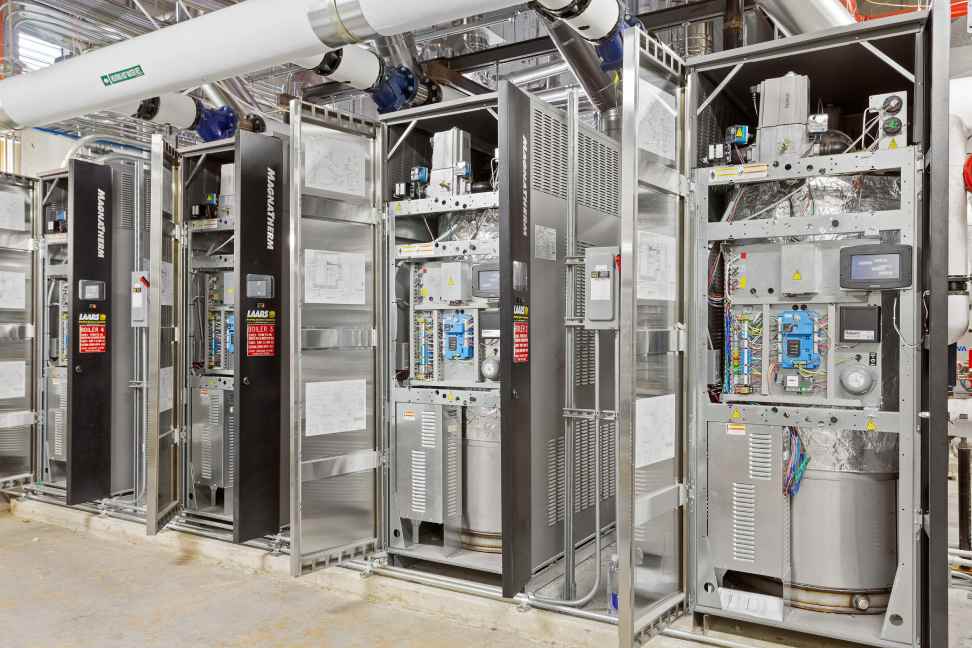Alphaexch247, Kabook Login, VL Book: Sustainable construction is a practice that aims to reduce the environmental impact of buildings throughout their entire lifecycle. This approach involves using eco-friendly materials, incorporating energy-efficient designs, and implementing strategies to minimize waste and promote long-term sustainability. By prioritizing sustainability in construction projects, builders can help mitigate the negative effects of urban development on the environment.
In addition to minimizing environmental impact, sustainable construction also offers economic benefits for builders and property owners. While the initial costs of using eco-friendly materials and technologies may be higher, the long-term savings in energy costs and maintenance expenses can outweigh the upfront investment. Furthermore, sustainable buildings are often more attractive to environmentally-conscious consumers and tenants, providing a competitive edge in the real estate market.
� Sustainable construction aims to reduce the environmental impact of buildings throughout their lifecycle
� Eco-friendly materials and energy-efficient designs are key components of sustainable construction
� Strategies to minimize waste and promote long-term sustainability are also important in this approach
� Economic benefits for builders and property owners include long-term savings in energy costs and maintenance expenses
� Sustainable buildings can be more attractive to environmentally-conscious consumers and tenants
� Competitive edge in the real estate market is gained by prioritizing sustainability in construction projects
Benefits of Using Eco-Friendly Materials in Building
Eco-friendly materials in construction offer numerous advantages. Firstly, they contribute to reducing the environmental impact of the building industry by minimizing the use of non-renewable resources and lowering greenhouse gas emissions. Additionally, these materials often have a lower carbon footprint compared to traditional building materials, making them a more sustainable choice for construction projects.
Furthermore, eco-friendly materials are known for their durability and longevity. Utilizing these materials can result in buildings that require less maintenance over time, ultimately saving on repair and replacement costs. This not only benefits the environment but also provides long-term economic advantages for builders and property owners alike.
Innovative Solutions for Energy Efficiency in Construction
Tigerexch247, GX247, Mglionbet: Innovative building materials like insulated concrete forms (ICFs) are gaining popularity in the construction industry for their energy-efficient properties. ICFs not only provide excellent insulation but also contribute to reducing energy consumption in buildings. Their unique design helps maintain a consistent indoor temperature, reducing the need for excessive heating or cooling systems.
Another emerging solution for energy efficiency in construction is the use of green roofs. Green roofs are covered with vegetation, which helps reduce heat absorption, improve air quality, and provide natural insulation. By implementing green roofs in construction projects, builders can significantly lower energy costs and create sustainable, eco-friendly buildings that benefit both the environment and occupants.
What is sustainable construction?
Sustainable constructions refer to the practice by designing and constructing the buildings of an environmentally responsible and resource-efficient manner.
What are the benefits of using eco-friendly materials in building?
Using eco-friendly materials in building can help reduce energy consumption, lower carbon emissions, improve indoor air quality, and reduce waste.
What are some innovative solutions for energy efficiency in construction?
Some innovative solutions for energy efficiency in construction include using solar panels, implementing smart building technology, utilizing green roofs, and incorporating passive design strategies.

